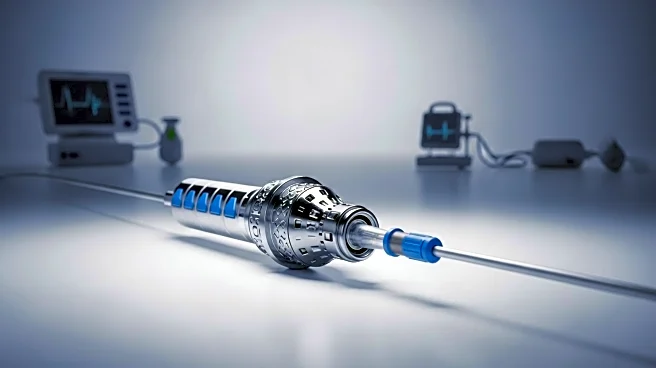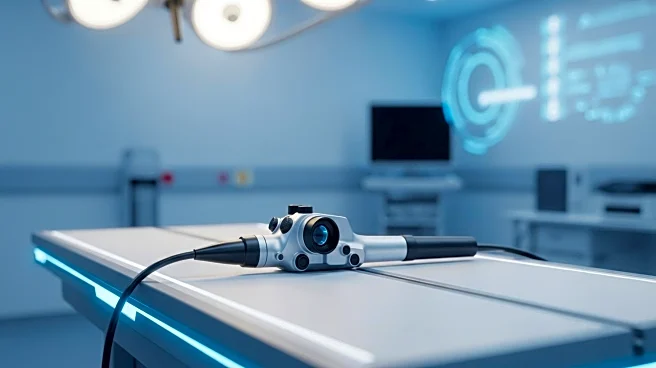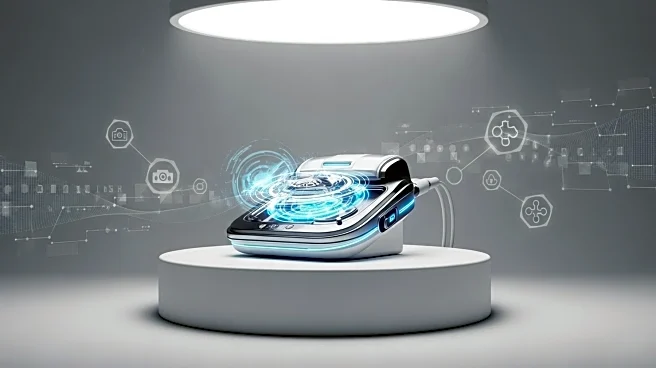What is the story about?
What's Happening?
Boston Scientific is developing a new version of its Watchman device, aimed at enhancing stroke prevention in patients with atrial fibrillation. The device, which seals off the left atrial appendage to prevent blood clots, is expected to offer improved adaptability to various anatomies. The company plans to begin enrollment for a U.S. investigational device exemption study next year, with a launch anticipated in late 2027 or early 2028. The Watchman device market, currently valued at $2 billion, is projected to grow by 20% annually. Boston Scientific is also exploring label expansion to include patients who can tolerate long-term anticoagulants, potentially increasing the device's applicability.
Why It's Important?
The development of a new Watchman device represents a significant advancement in stroke prevention for patients with atrial fibrillation, a condition affecting millions globally. By expanding the device's indications, Boston Scientific aims to address a larger patient population, potentially reducing stroke risk for those who cannot tolerate long-term blood thinners. This innovation could lead to improved patient outcomes and reduced healthcare costs associated with stroke management. The company's focus on concomitant procedures, such as ablation therapy, highlights the integration of comprehensive treatment strategies, which may enhance patient care and procedural efficiency.
What's Next?
Boston Scientific's upcoming study, Champion-AF, will compare the Watchman device to blood thinners over five years, with results expected in 2026. Positive outcomes could lead to expanded reimbursement and guideline updates, unlocking access to a broader patient population. The company is also working to grow its ablation business, which complements the Watchman device's use in stroke prevention. As insurance coverage for combined procedures increases, more patients may benefit from these integrated treatment options. The medtech industry will closely watch these developments, as they could influence future device innovations and market dynamics.
Beyond the Headlines
The expansion of the Watchman device's indications raises ethical considerations regarding patient access and informed consent. As the device becomes available to more patients, healthcare providers must ensure that individuals understand the benefits and risks associated with its use. The integration of ablation therapy with the Watchman device reflects a broader trend towards personalized medicine, where treatments are tailored to individual patient needs. Long-term, these advancements may shift cultural perceptions of stroke prevention and management, emphasizing proactive and comprehensive care strategies.
AI Generated Content
Do you find this article useful?













